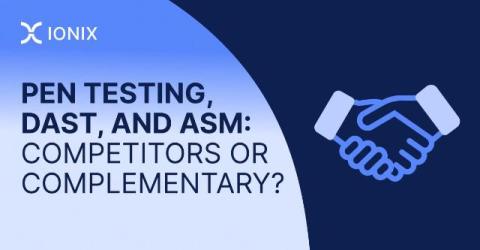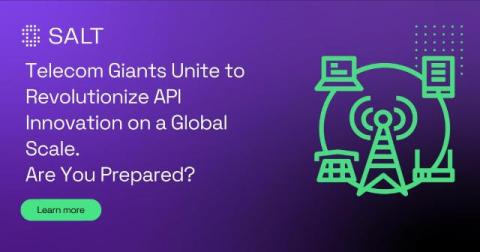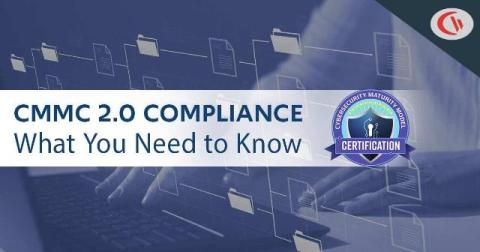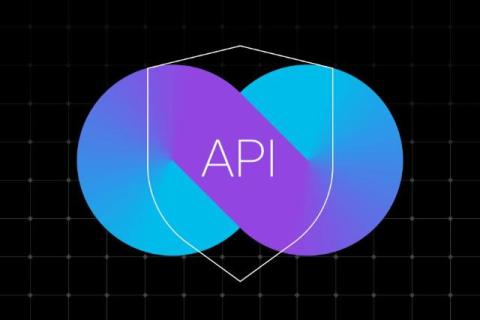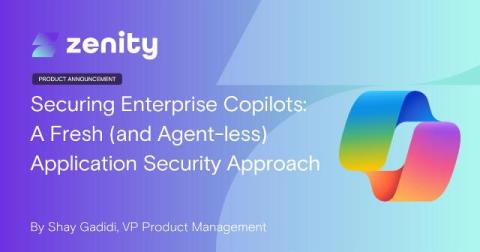The Difference Between Pentesting, DAST and ASM
Penetration testing, dynamic application security testing (DAST), and attack surface management (ASM) are all strategies designed to manage an organization’s digital attack surface. However, while each aids in identifying and closing vulnerabilities, they have significant differences and play complementary roles within a corporate cybersecurity strategy. Let’s take a quick look at the definition of each of these strategies.


